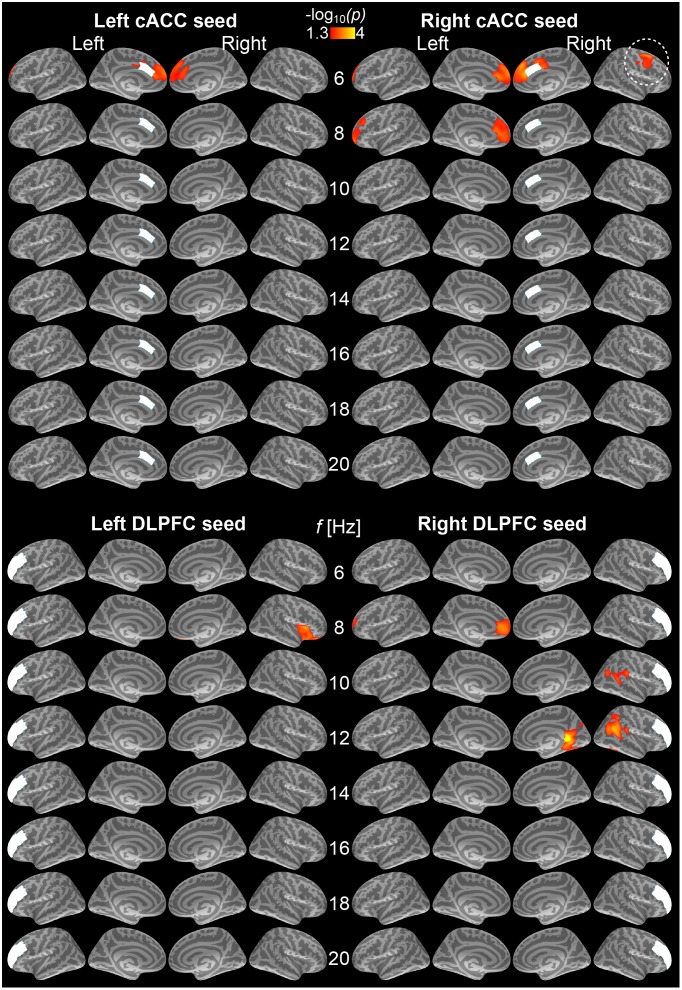Figure 2. Baseline correlations between conflict-induced RT lags and cortical phase locking to the caudal anterior cingulate (cACC) and dorsolateral prefrontal cortex (DPLPC) seeds during 500-ms periods preceding conflicting trials.
All significant findings reflect correlations between reduced RT lags and increased seed-based phase locking patterns (p<0.05, cluster-based Monte Carlo simulation test). (Top) Left and right cACC seed data. Interestingly, at 6 Hz (i.e., theta), faster RTs after conflicting sounds correlated with increased connectivity between the right cACC and right lateral prefrontal areas (encircled), and between bihemispheric cACC seeds and adjacent medial frontal cortex locations. (Bottom) Left and right DLPFC seed data. Faster RTs after incongruent trials were strongly correlated with increased alpha phase locking between the right DLPFC and right retrosplenial (12 Hz) and inferior parietal/TPJ regions (10–12 Hz), as well as at 8 Hz, between the left DLPFC and right anterior insula and between right DLPFC and left anteromedial frontal cortex. The results reflect −log10(p) of the initial t-statistics, masked to the locations where the cluster-based Monte Carlo simulation test was significant (p<0.05).

